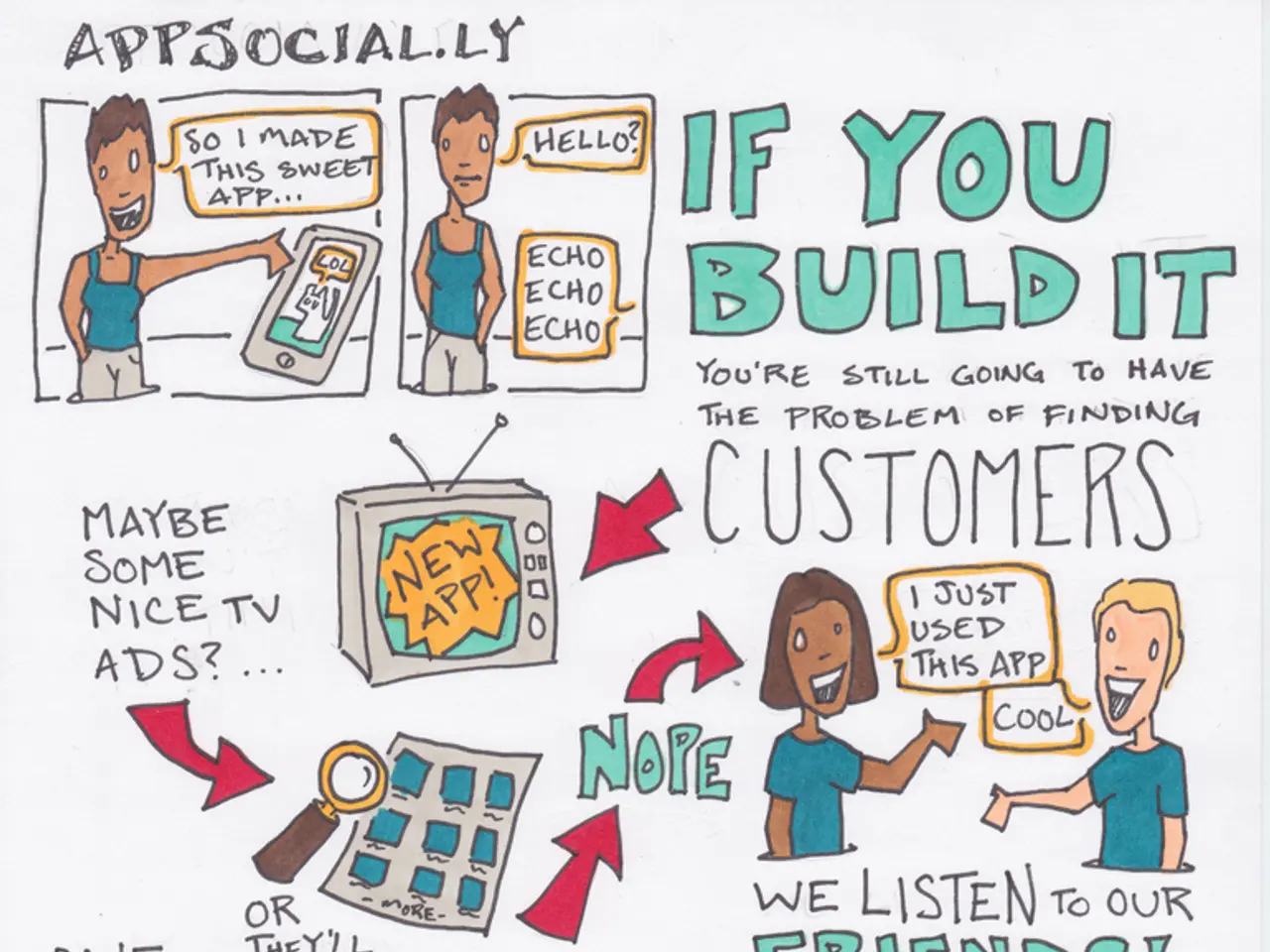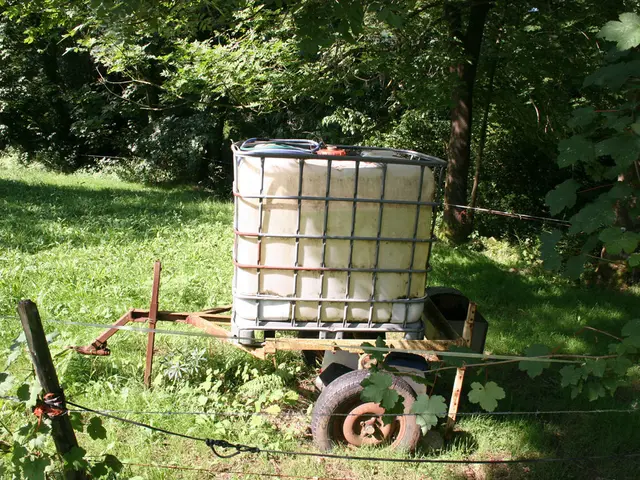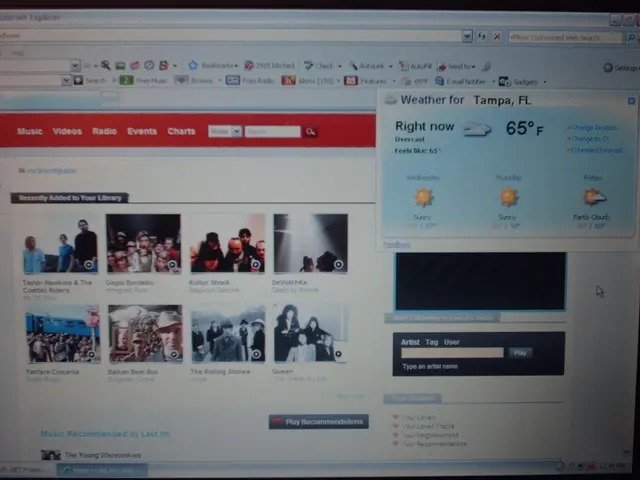A guide on understanding and creating an effective storyboard, a visual representation of a sequence of events in a project or narrative.
In the world of video production, storyboarding has emerged as an indispensable tool that enhances the efficiency, quality, and cost-effectiveness of projects. A series of sketches or drawings, storyboards help organise a visual narrative and break it down into individual panels, providing numerous benefits throughout the production process.
1. **Clear Vision and Planning**
Storyboards offer a visual clarity that ensures the creative vision is clear and well-defined. By providing a structured approach to storytelling, they allow for the identification of potential plot holes or inconsistencies before filming begins.
2. **Streamlined Production**
By planning shots and scenes in advance, storyboards help reduce the time and resources needed during filming, making shoot days more efficient. They also aid in identifying specific gear needs and potential costly mistakes early on, avoiding expensive reshoots.
3. **Improved Communication**
Storyboards serve as a common visual language that ensures all team members are on the same page, enhancing collaboration and reducing miscommunication. They help secure buy-in from stakeholders by providing a clear, visual representation of the project's direction.
4. **Enhanced Post-Production**
The editing process is simplified with storyboards, as they provide a blueprint for arranging video clips and applying effects. This results in a smoother post-production process.
5. **Creative Flexibility**
Storyboards allow filmmakers to experiment with different camera techniques and angles before filming, ensuring the most effective storytelling approach is chosen.
Whether it's for animated video production or live-action pieces, creating a storyboard can speed up the production process. Each illustrated square in a storyboard is accompanied by a description of the shot, which includes notes about shot specs, camera direction, dialogue, and any other relevant details.
Detailed drawings are not necessary for a storyboard; simple sketches of stick figures and geometric shapes are often sufficient. Each frame in a storyboard corresponds to about 3 to 5 seconds of video, and should be numbered in the exact sequence of the video's timeline.
A template is often the first thing needed to create a storyboard, which can be found online or made by drawing a series of squares or rectangles on a piece of paper. Thumbnail storyboards are quick and easy to create and are typically used by crews that already have an excellent understanding of the vision for the video. Digital storyboards, on the other hand, are commonly used for animated video production and allow for the use of the same graphics as the final piece.
Feedback from the team is invaluable during the revision process. Revision is an essential step in the storyboarding process to ensure the final piece matches the goals set out for it. A good storyboard helps avoid having to re-animate or re-shoot scenes for a video, saving both time and money.
In conclusion, storyboarding is an essential tool in video production, offering a structured approach to planning, communication, and execution that significantly improves the final product's quality and production efficiency. Whether you're a seasoned filmmaker or a novice, incorporating storyboarding into your production process can lead to a more polished, efficient, and cost-effective final product.
- In the realm of fashion-and-beauty videos, storyboarding functions as a vital tool, providing a structured visual narrative that enhances the quality and efficiency of productions.
- A technology enthusiast might find storyboards useful in showcasing the features of the latest gadgets, organizing the presentation of one device at a time, and ensuring an efficient communication of its functions.
- For an AI-driven art exhibit, storyboarding can help in planning the sequence of shifting digital artworks, thereby improving the overall viewer experience and reducing potential errors in the production process.
- In the making of a culinary documentary series, storyboards can serve as a blueprint for arranging various cooking scenes, simplifying the editing process and ensuring a smoother transition between food-and-drink segments.
- In decorating a home-and-garden feature, storyboards can offer a visual narrative that demonstrates the evolution of each room, enhancing the coherence and flow of the final layout.
Each of these scenarios highlights the versatility of storyboarding, which can be applied across various industries, including cybersecurity, data-and-cloud-computing, lifestyle, and more, ensuring a clear, efficient, and cost-effective end product.




